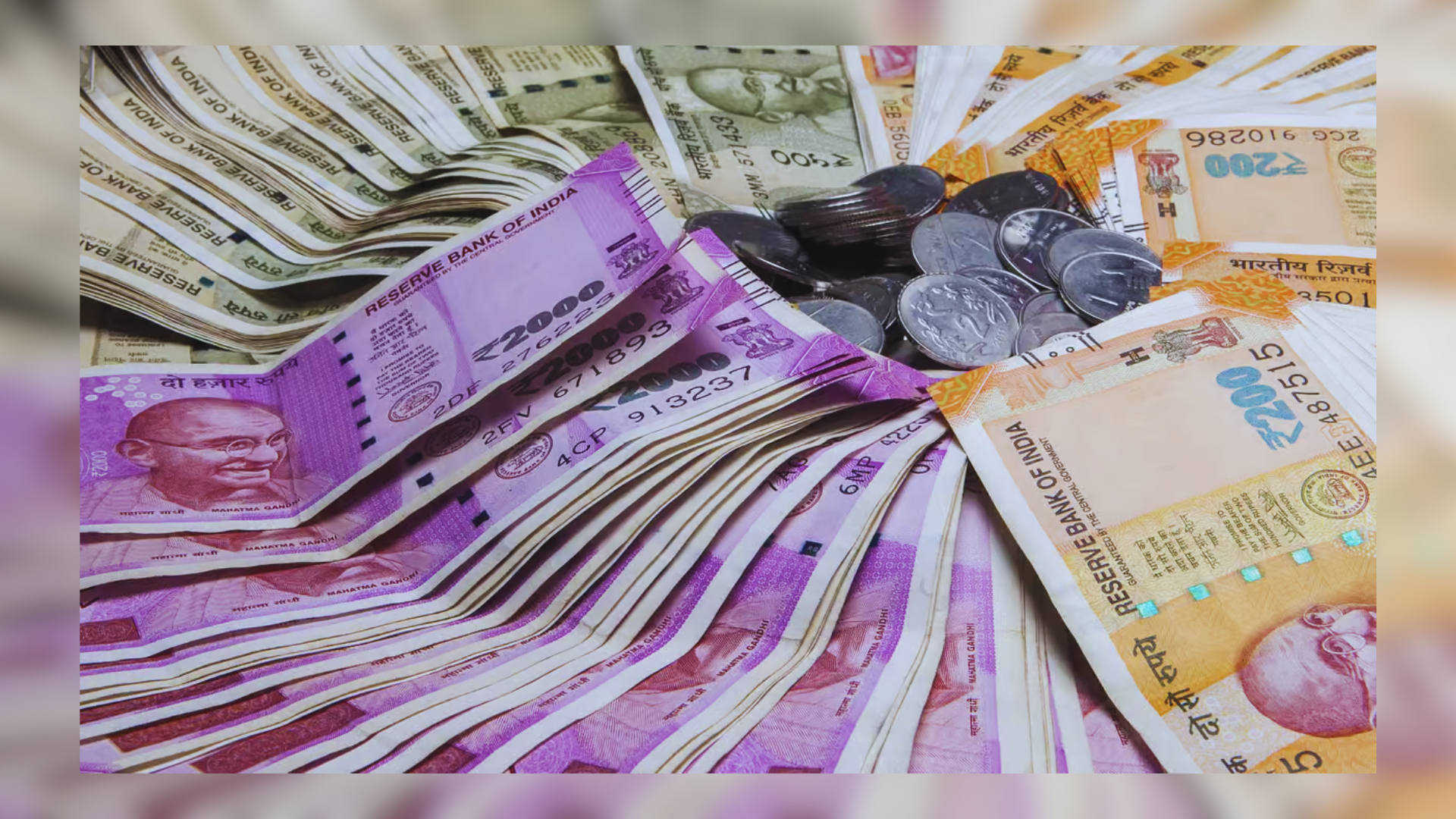Investment banking company Goldman Sachs expects the central government to stick to the announced fiscal deficit target of 5.1 per cent of GDP for 2024-25 in the upcoming Budget to be tabled on July 23 and announce further consolidation to a deficit of below 4.5 per cent in 2025-26.
Understanding Fiscal Deficit
The difference between total revenue and total expenditure of the government is termed as fiscal deficit. It is an indication of the total borrowings that may be needed by the government. The government intends to bring the fiscal deficit below 4.5 per cent of GDP by the financial year 2025-26. In the Interim Budget earlier this year, the government has targeted a fiscal deficit of 5.1 per cent of GDP for 2024-25.
Impact of Fiscal Policies on Economic Growth
“Even if we see some expenditure allocation towards welfare spending, it may not require a reduction in capex given the higher than expected dividend transfer from the RBI,” the investment banking company said in a report on Monday. In 2023-24, the government had pegged the fiscal deficit target for 2023-24 at 5.9 per cent of gross domestic product (GDP). Later, it was downwardly revised to 5.8 per cent. In the government’s budget, interest expense constitutes a large share at 5.4 per cent of GDP and with the primary deficit at 3.5 per cent of GDP in 2023-24, this leaves the general government with limited fiscal space for stimulus in 2024-25, it said.
Long-term Economic Policy Goals
“Our fiscal impulse calculations also show that general government fiscal policy has been a drag on growth since FY22 and will remain so in FY25 and FY26 given the fiscal consolidation target of the central government,” the report read. In 2024-25, it expects capex to provide a positive impulse, while welfare spending will likely remain a drag. “We think this budget will go beyond just fiscal numbers, and likely make an overarching statement about long-term economic policy of the government towards 2047 (100 years of Indian independence).
We see an emphasis on job creation through labor-intensive manufacturing, credit for MSMEs, continued focus on services exports by expanding GCCs, and a thrust on domestic food supply chain and inventory management to control price volatility.”
READ MORE: Centre Refutes Credibility Of Citigroup Report On State Of Employment
Expectations Amid Political Context
Given that this upcoming Budget comes after the below-expected results of the national elections for the ruling BJP, there is a growing expectation among equity investors that this budget will see some relaxation in the fiscal consolidation path and a pivot towards welfare spending from capex.
“We push back against the former view given that India has limited fiscal space available, in our view, to stimulate the aggregate economy given public debt constraints. And we think the latter is unlikely as India’s infrastructure upgrades over the last few years have created long-term positive spillovers which policymakers may not be willing to give up,” Goldman Sachs said.
The Indian government turned to capex during the pandemic as a means to buoy the economy out of the recession. Even as it consolidated the headline fiscal deficit from 2020-21, it continued to lean heavily on capex to boost infrastructure.
“Government capex growth was significantly higher than nominal GDP growth during this period (CAGR of 31 per cent over FY21-24 vs. 12 per cent over FY16-20), though the growth rates declined over the years as fiscal consolidation constraints dominated.”
The interim budget, tabled on February 1, took care of the financial needs of the intervening period until a government was formed after the Lok Sabha polls, after which a full budget was supposed to be presented by the new government in July.
With this upcoming Budget Presentation, Sitharaman will surpass the record set by former Prime Minister Morarji Desai, who as finance minister, presented five annual budgets and one interim budget between 1959 and 1964. Sitharaman’s upcoming Budget speech would be her sixth. The government on Saturday announced the dates of the budget session of Parliament which will start on July 22 and conclude on August 12.
(Except for the headline, this story has not been edited by Newsx staff and is published from a syndicated feed.)
ALSO READ: White Roofs, Keep It Cool: A Promising Solution To Urban Heat Challenges





















